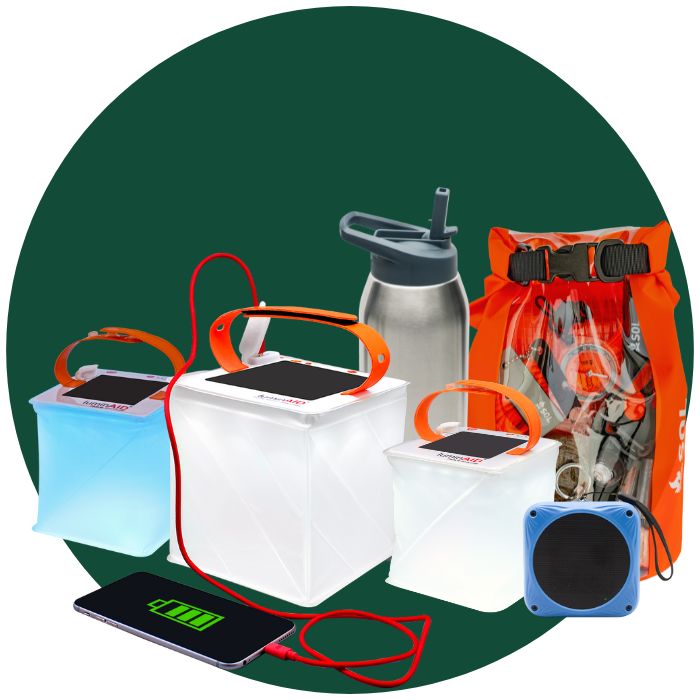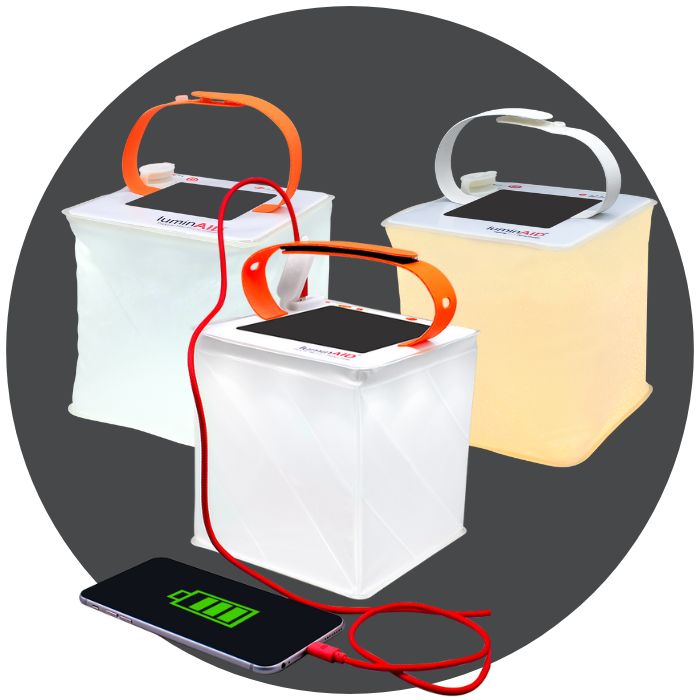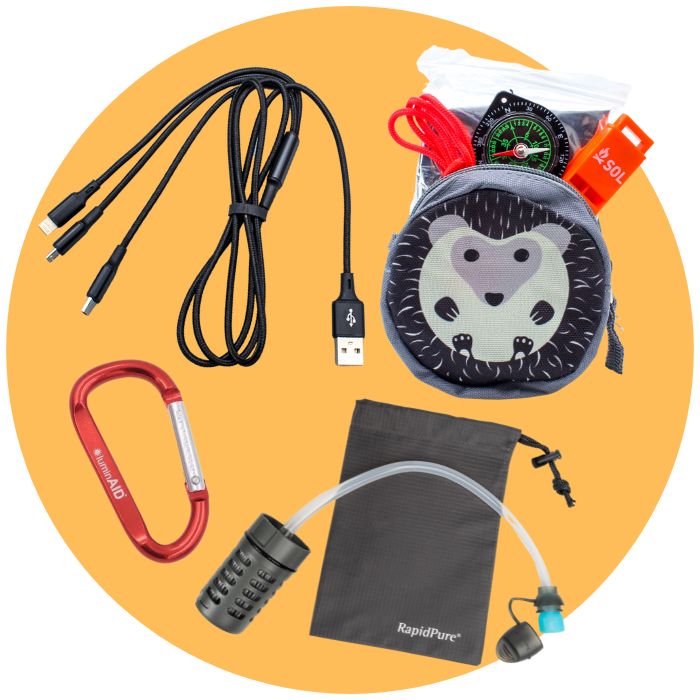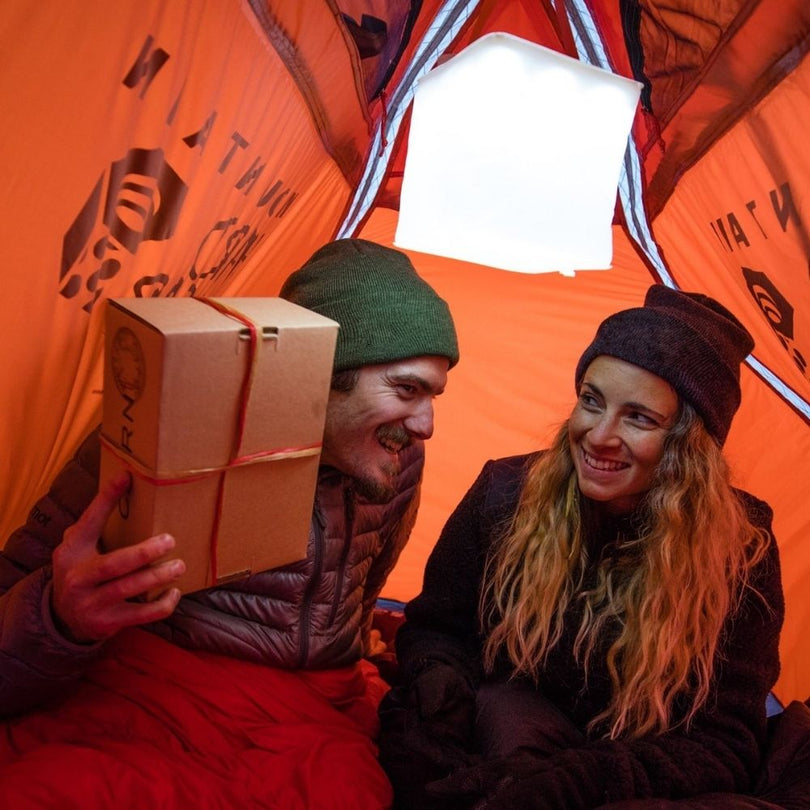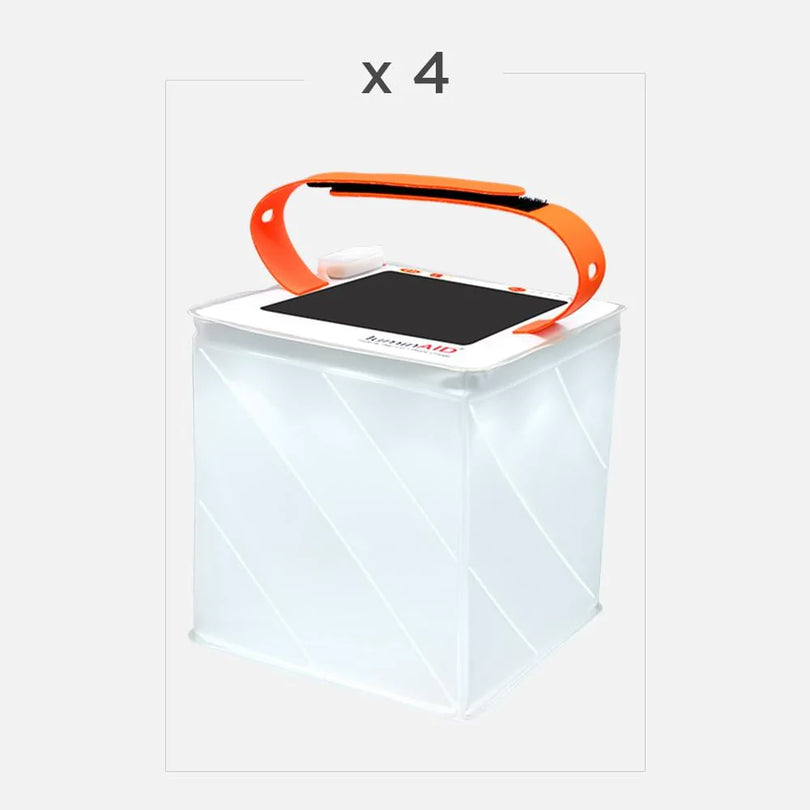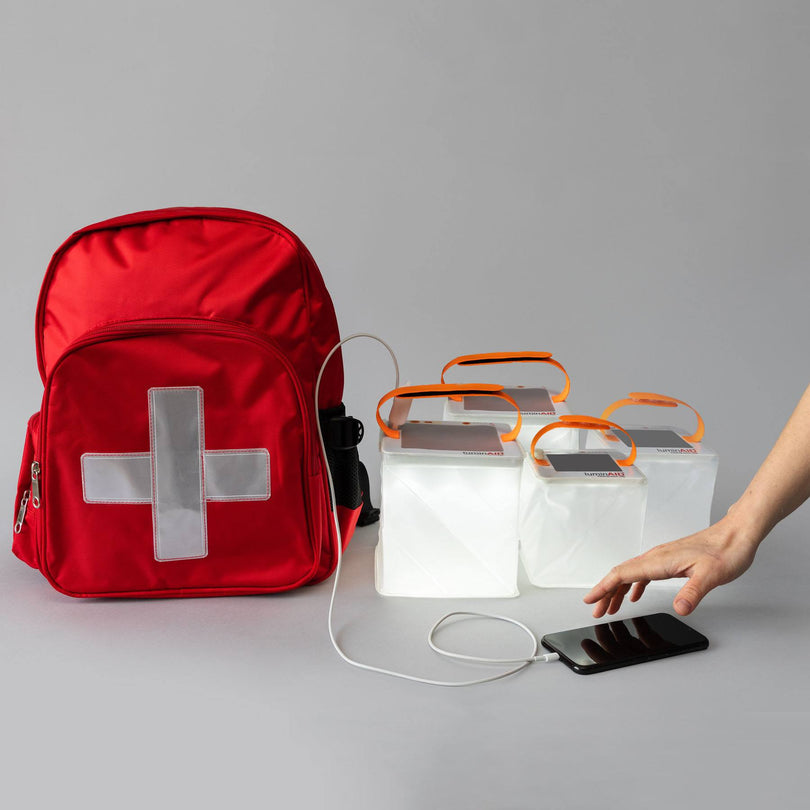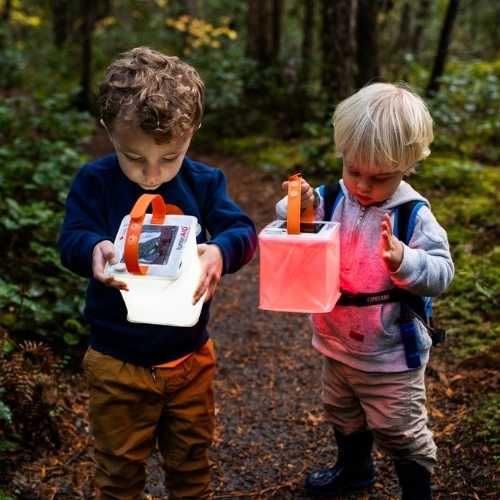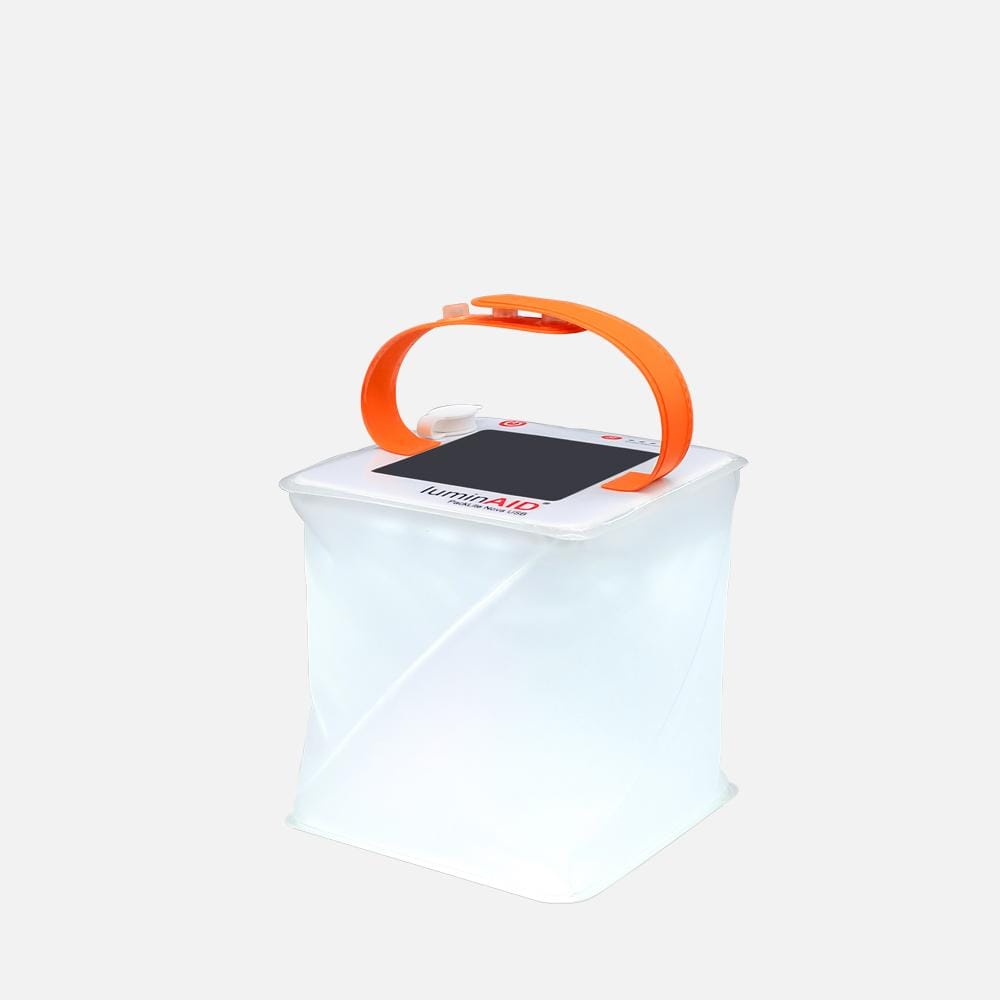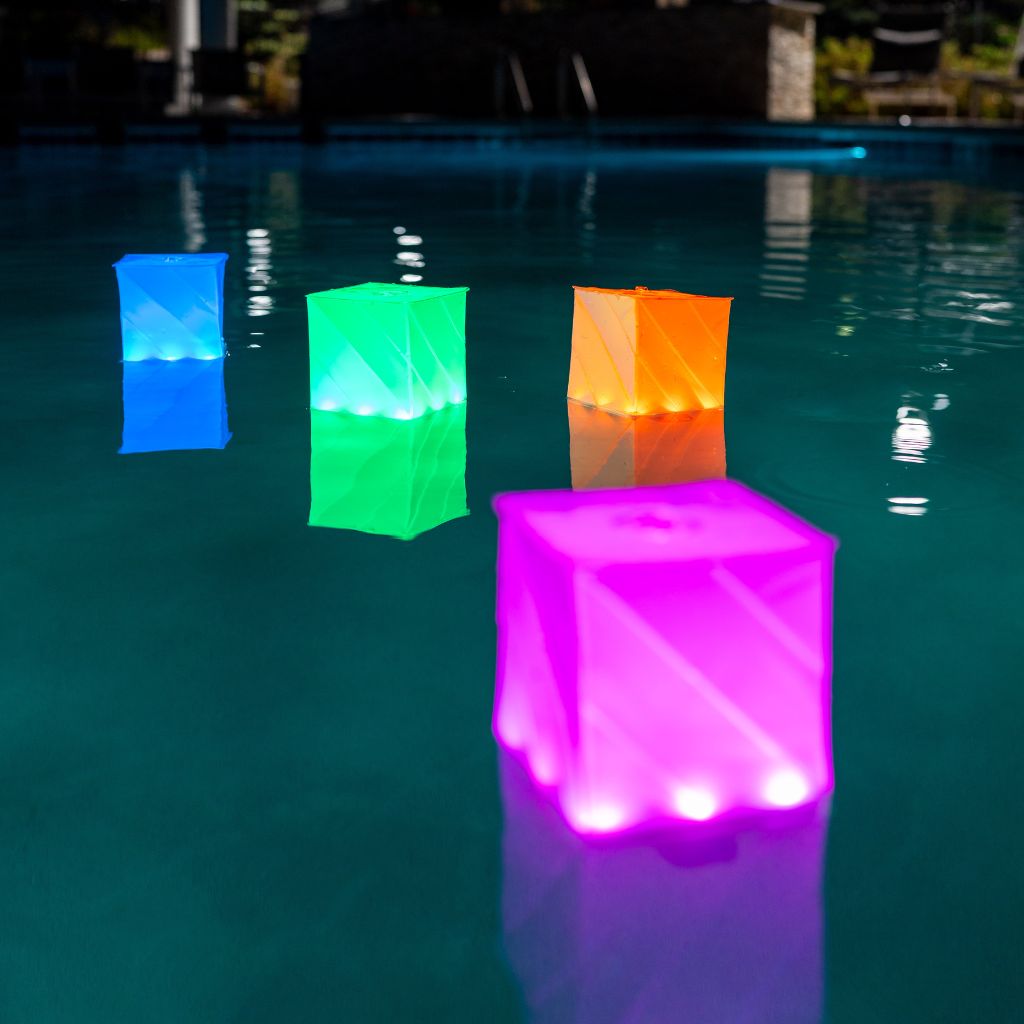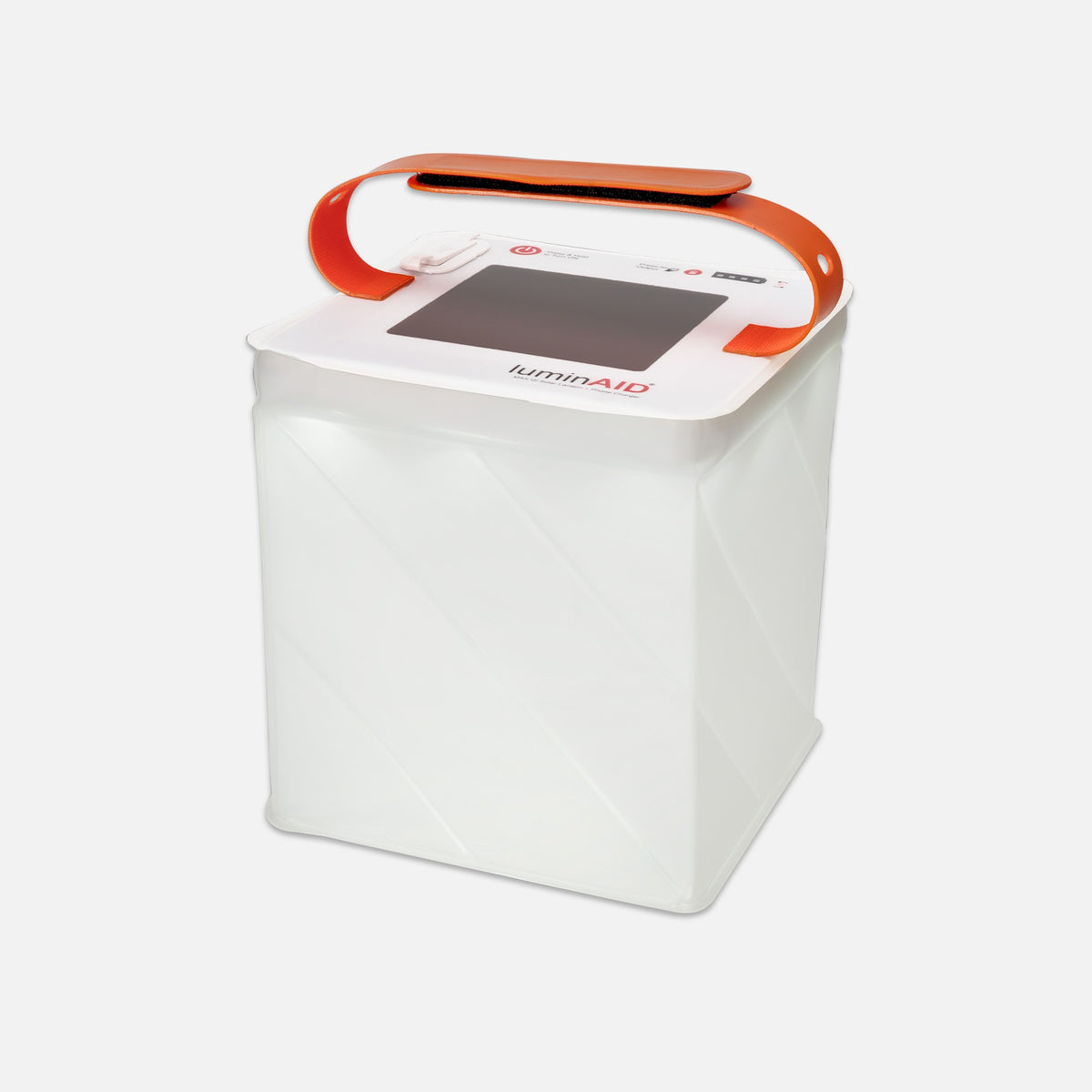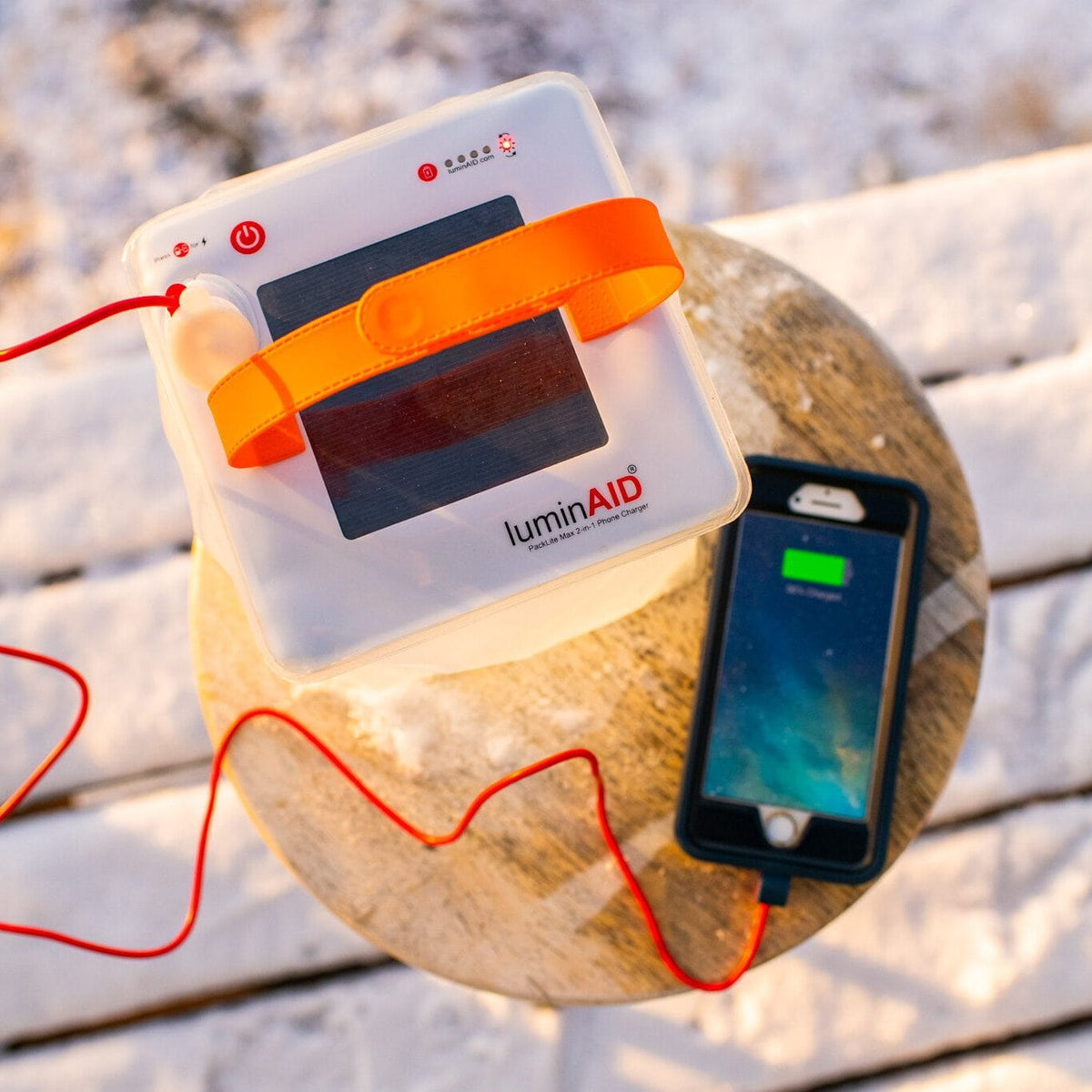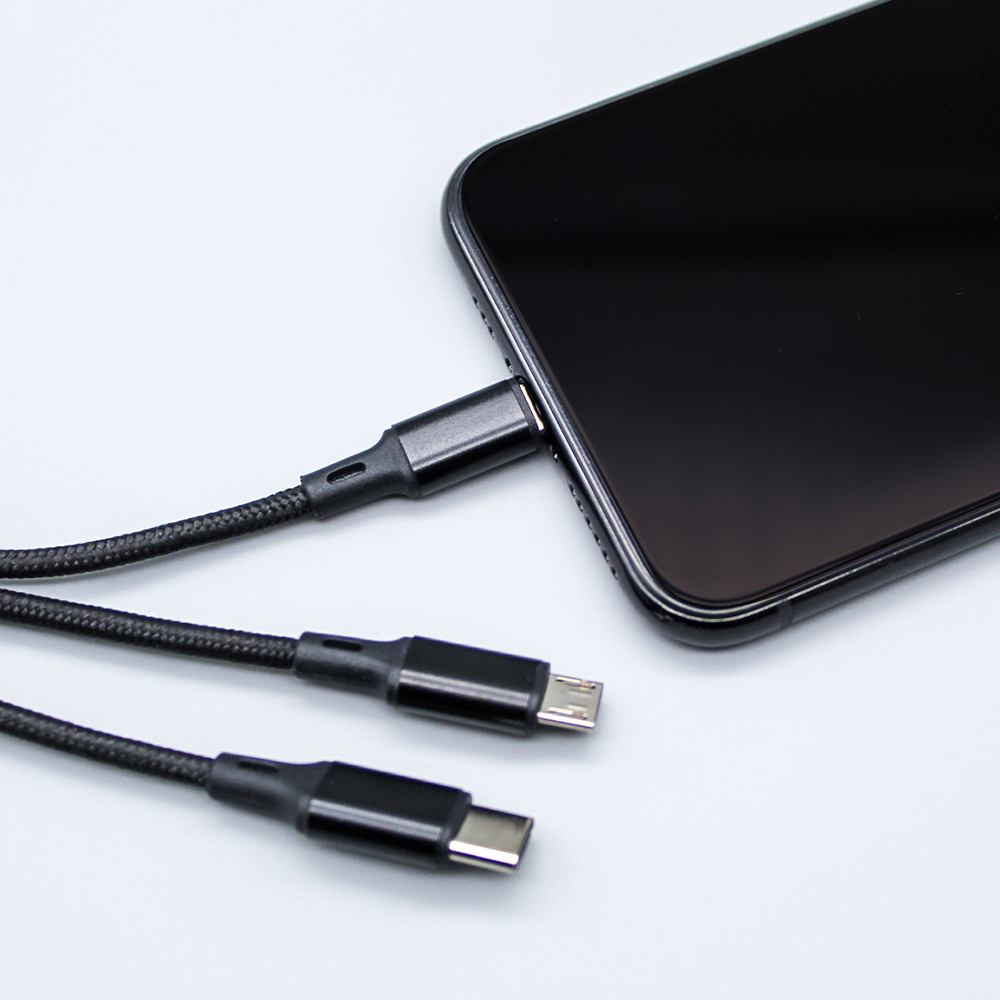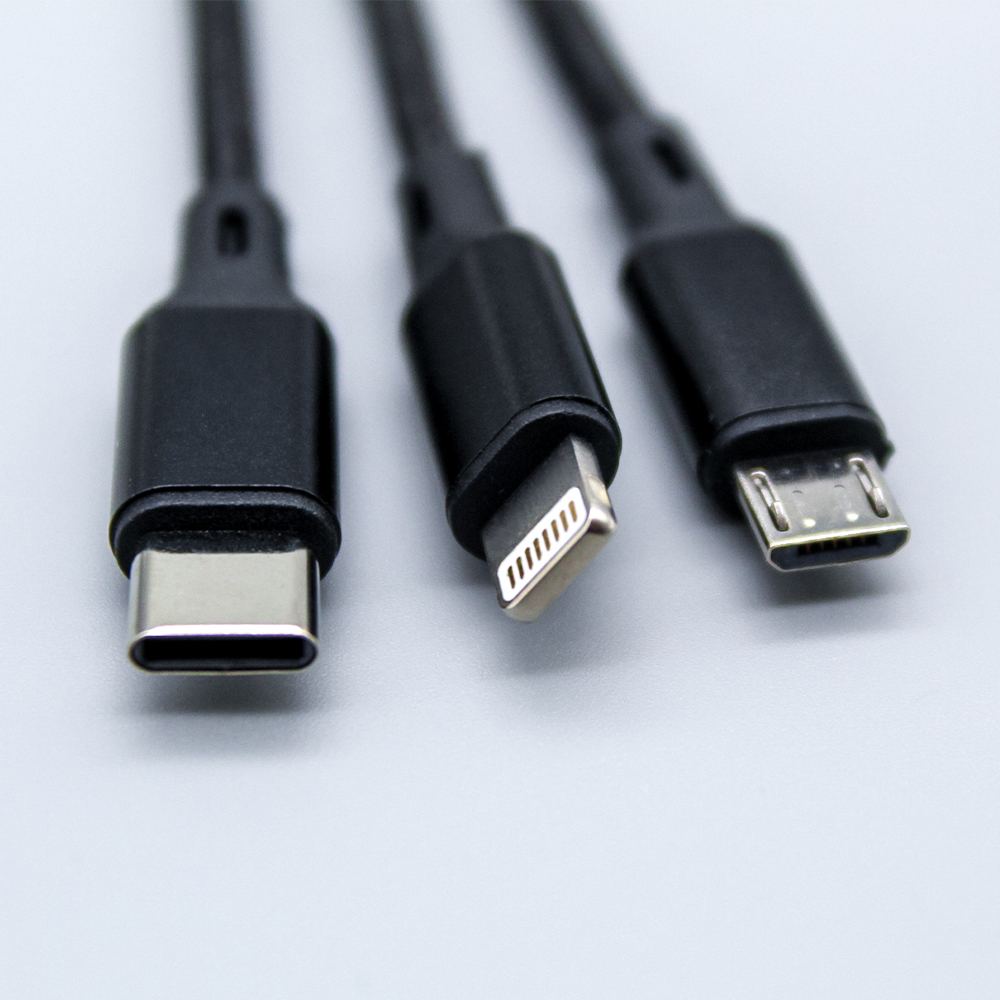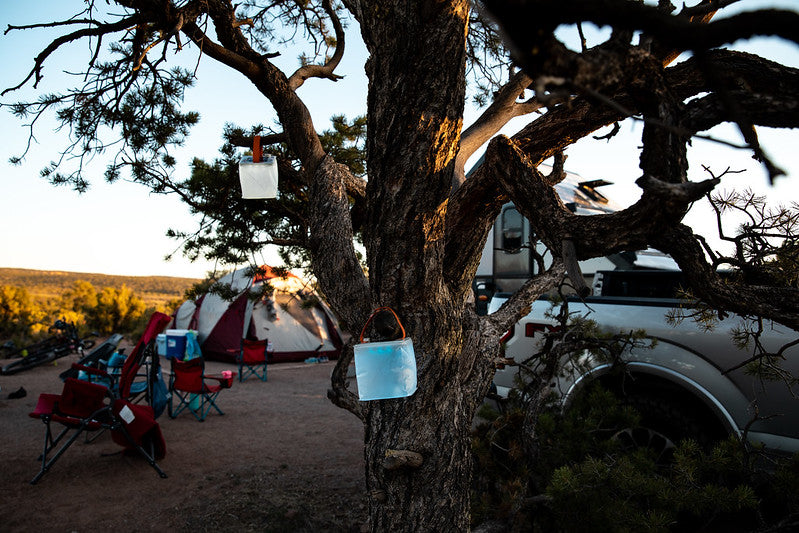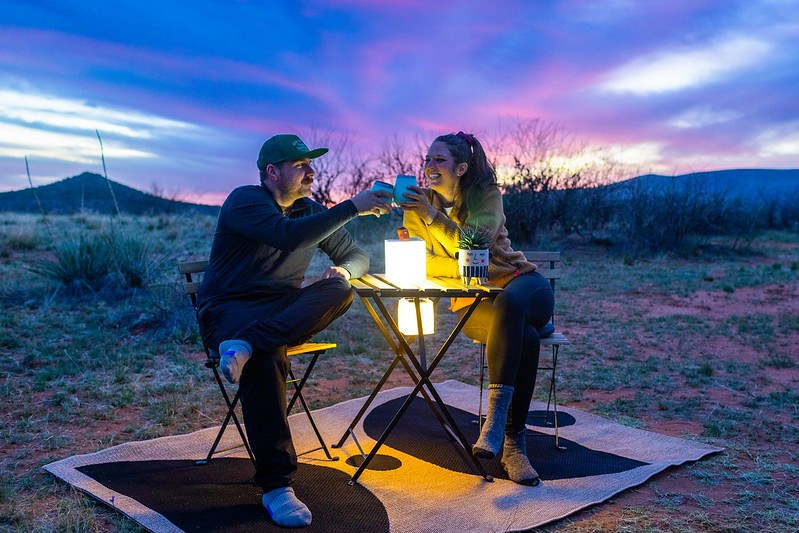Car camping can mean anything from parking your car at your campsite to sleeping in your car on public land. It’s distinct from backpacking because you don’t need to carry your supplies with you–all your gear can be stored in your car.
For the purpose of this article, car camping can mean camping at a campsite that you drive to, or camping inside your car. Dive into the world of car camping with us and see what it is, what its pros and cons are, and how to plan properly for a car camping trip.

The pros of car camping
You don’t need to unload your gear
Since your car is parked at the campsite, it serves as a handy and secure place for you to store your gear.
You’re close to your car
Having your car nearby gives you mobility that you do not have when backpacking. This makes your camping experience more time-efficient–you can pack up your car and leave your campsite much faster than if you had to carry out everything on your back.
You can carry more
Since you don’t need to carry all your gear on your back, you can bring heavier items that will easily fit in your car.
This can be anything from a fold-up camping table to a large stove, an outdoor grill, or a generator.
You also don’t have to worry about the weight of food and water that you pack.
While on backpacking trips you need to think about how much weight you can carry, when you’re car camping you can put a few five-gallon water jugs in the back of your car without any consequence, and have a water supply that lasts for days.
You can also bring along fresh foods instead of relying on lightweight freeze-dried meals as many backpackers do.
More safety
Having your car close by means that you can leave your campsite quickly if there is an emergency. Your car is also a safe place to store valuables while camping–it’s much easier for someone to steal something from your tent than from a locked and alarmed car.
Easier trip planning
Because you don’t need to think about weight limits, your trip will be much easier to plan. You can bring a large amount of camping supplies without considering its weight or bulk.

The cons of car camping
Not same as outdoor backpacking
Car camping is inherently different from camping in a remote location using only gear that you carried on your back.
While it is more convenient, you don’t get the same experience of being in the wilderness with nothing else around.
In fact, car camping increases the likelihood that you’ll be camping in a crowded area, as campgrounds that allow cars are usually busy.
Not everything is accessible by car
Some of the most beautiful camping spots are only accessible by foot.
If you have to hike a few miles to your campsite, you’ll need to carry everything you need with you, and car camping will no longer suit your needs.
Car cleanup
Camping gear often gets dirty, which means your car will get dirty too. Once you unpack everything at home, your car will need to be wiped down and vacuumed.
If you slept in your car, you will also need to remove the bedding you used and return the seats and seat belts to their normal positions.
Car camping planning
While there are many aspects of planning a camping trip, such as meal prep, you must be aware of some planning measures that are unique to car camping.

Choose your site and do your research
If you’ll be staying at a campground, make sure you check out their rules about vehicles.
Some campgrounds have height, weight, or length limits on cars and trucks, while others do not allow any vehicles.
If you’re camping on public land, choose an area where you and your car will be protected from falling trees and branches, flooding, and high winds.
Know about permits
Always research permits before you camp. Often you will need to reserve them months in advance of your trip, especially if you are headed to a popular destination.
While campgrounds in national parks do not require permits, you will usually need to have a campsite reservation, which you must make before your trip.
If you’re going to camp on U.S. Forest Service lands or public lands, a permit may be required.
Though permits may seem like unnecessary spending, don’t go without one–they are much cheaper than the fine you’ll pay for not having one.
Know your car model
Though you can take almost any car camping, some cars are much more fit for the job than others.
All-wheel drive cars guarantee the best traction on gravel and dirt roads, which are common around camping spots.
Since you’ll want as much space as possible for your gear, SUVs, station wagons, and trucks are much better for camping than sedans. Vehicles that you can attach bike racks and rooftop cargo carriers to are the most efficient at maximizing space.
If you want to camp comfortably in your vehicle, any station wagon or SUV with foldable seats will easily fit a mattress. However, if you’re looking for something a bit more accommodating to campers, check out these camper vans.
Car camping gear
Here are the basics you’ll need to comfortably camp inside your car. If you’re looking to camp in a tent, check out our list of camping essentials.
Get a solid source of light
Don’t drain your car’s battery by using the dome light. Instead, opt for a standalone light source that you can trust to do the job.
LuminAID power lanterns are a great choice. They are bright, durable, solar-powered camping lanterns. Plus, they double as phone chargers! With one of these lanterns, you can light up your whole car at night and never worry about your phone (or car) running out of battery.

Invest in a comfortable car bed or mattress
If you’re planning to sleep in your car, make sure you’ll be comfortable. When night comes, you’re going to want more than a blanket. Look into foam mattress and inflatable mattress options–they are easy to fold up and store, and will smooth out any bumps your car may have.
Get a compressible pillow
Pillows are quite bulky, and since you’re sleeping alongside all your gear inside your car, there may not be enough space to store full-size pillows. Compressible pillows save lots of space and are very comfortable. Invest in a few and you’ll be set!
Get window nets and covers
When you sleep inside your car, you need to crack your windows to ensure safe ventilation.
To prevent bugs from coming inside your car, put window netting over all open car windows.
If you want privacy inside your car as you sleep, get window covers for all your car’s windows. These double as sun protection if you’re camping in an unshaded place.
Car camping hacks
Bring cash for small town stores
Many stores, especially in small towns, are cash only. You’ll thank yourself for bringing cash (in small bills) when you need to buy that keepsake, ice cream cone, or thing you forgot to pack.
Pack tiny toiletries (samples, travel-size bottles)
Save space in your car by packing travel-size toiletries. Chances are, you aren’t going to need a month’s supply of shampoo, and just because weight isn’t a concern doesn’t mean you have unlimited space as well.
Pack light to conserve space inside your car–it’s worth the extra leg room!
Get a rechargeable battery for your phone
Even if your car has a phone charger, it’s a good idea to get a separate power bank to use to charge your phone.
LuminAID power lanterns double as phone chargers, and are rechargeable using solar power. This means that your phone has unlimited charges–you never have to worry about your phone dying, no matter how long your camping trip is!

Know where to shower
If you’ll be camping for a while, make a plan for where and when you’ll shower.
While many campsites have showers, some don’t–in this case, plan to shower at a bathroom by a public beach or lake, a truck stop, a rec center, a gym, or a camping gear shop.
Be sure to bring shower shoes and a quick-drying towel!
Summary
Car camping requires a unique type of planning, but as long as you think ahead and make sure you have the right permits and equipment, you’re all set. With the right preparations, your car camping experience will be simple, comfortable, and unforgettably fun!

